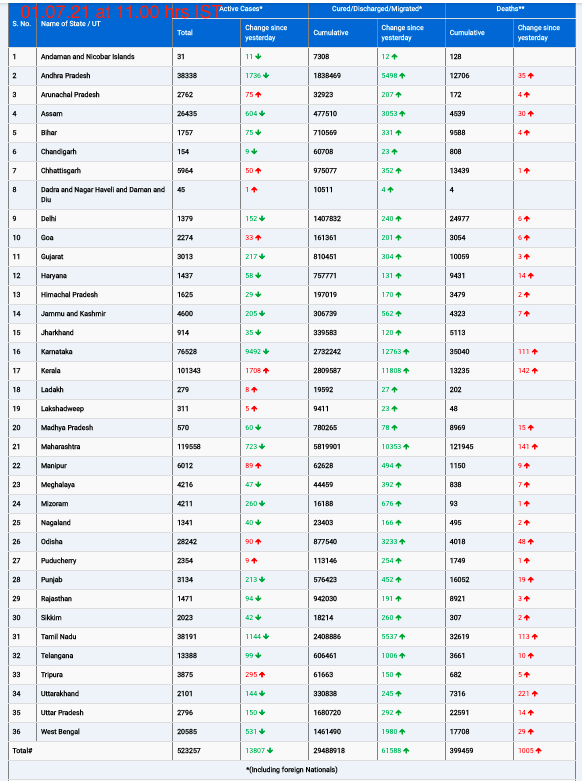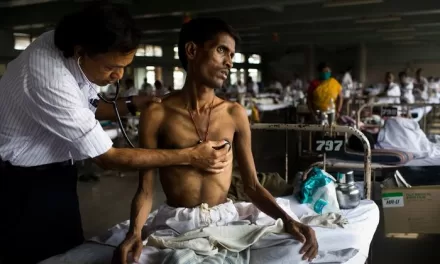A groundbreaking document set to reshape the understanding of obesity as a disease will be released in mid-January 2025, with endorsements from over 75 medical societies and global health organizations. The framework, developed by a Lancet Commission of 56 of the world’s leading experts in obesity, aims to clarify the condition’s complexity and provide a clearer approach for its diagnosis and treatment.
The new framework will introduce a critical shift in how obesity is defined, emphasizing that it is a “condition of excess adiposity” that becomes a disease, termed “clinical obesity,” when associated with tissue and organ abnormalities. This shift is expected to resolve longstanding debates within both the medical community and the public about the nature of obesity, which was officially recognized as a chronic disease over a decade ago but still faces resistance.
Obesity as a Disease: Controversy and Clarity
Despite the formal recognition of obesity as a disease, the concept remains contentious. During a preview at the Obesity Society’s Obesity Week meeting on November 4, 2024, lead author Dr. Francesco Rubino, Chair of Bariatric and Metabolic Surgery at King’s College London, addressed this issue. He highlighted the challenges caused by the current reliance on body mass index (BMI) as the primary diagnostic tool, noting that BMI fails to distinguish between individuals whose excess adiposity places them at risk for disease and those who have already suffered bodily harm from obesity-related conditions.
“We need a framework that clarifies when someone is at risk and when they have reached the point of disease,” Rubino said. “It’s crucial that we don’t blur the lines, as the consequences could be significant.”
The upcoming publication will outline a two-step clinical approach for assessing obesity. First, healthcare providers will assess whether a patient has excess adiposity, using a set of proposed measures. Next, they will evaluate potential organ abnormalities that could signal clinical obesity. While the specific criteria for these assessments remain under embargo until January, Rubino emphasized that BMI alone will no longer suffice in clinical settings. Additional measures of adiposity will be necessary to reduce risk and accurately categorize obesity as clinical or nonclinical.
A Pragmatic Approach to Treatment
The document’s proposed changes are expected to enhance obesity care by distinguishing between individuals who require preventive measures and those who need therapeutic interventions. Dr. John D. Clark, Chief Population Health Officer at Sharp Rees-Stealy Medical Group, praised the framework for its potential to improve understanding and management of obesity as a disease.
“I believe this will lead to a deeper understanding of the disease and help target appropriate interventions,” Clark said. “It will ensure that patients receive the right tools—whether preventive or therapeutic—based on their specific needs.”
Dr. Rubino also expressed hope that the new framework will facilitate better access to treatment for those who need it most. Currently, disparities in healthcare access and treatment availability remain a significant issue, particularly when it comes to costly weight-loss medications and therapies. Rubino pointed out the challenges policymakers face when deciding how to allocate limited resources, and he believes the new framework will help prioritize care based on clearer definitions of clinical obesity.
“At the moment, access to treatment is often random,” Rubino said. “This new framework will make it easier for policymakers to prioritize those who are most in need, ensuring that individuals with clinical obesity receive the care they deserve.”
As the document moves through peer review and heads toward its official release in January 2025, the hope is that it will catalyze a shift in both public perception and healthcare policy, leading to more equitable and effective approaches to managing obesity worldwide.











